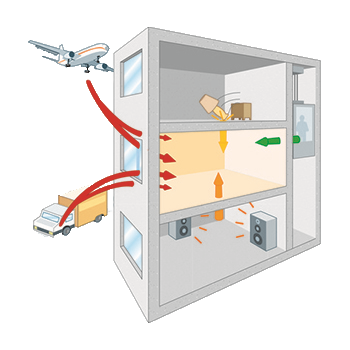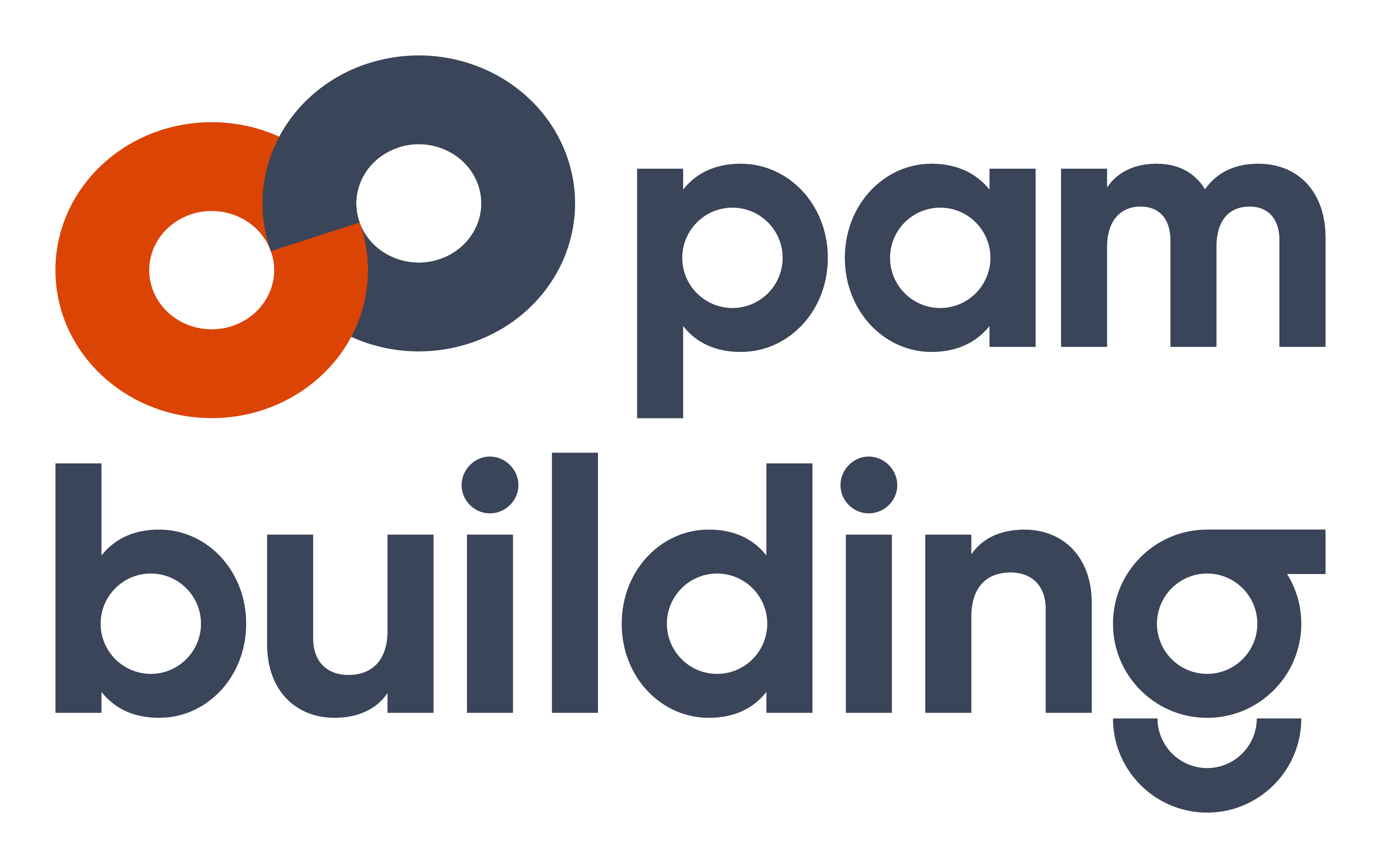Tel: 01952 262 529
Acoustic Comfort

Why are acoustics important?
Noise in buildings is considered to be detrimental to health and quality of life. Efforts have been made in the last 30 years to attenuate the sounds coming from the street, worsening the perception of sounds emitted within buildings. Heat insulation policies aimed at reducing energy consumption will also heighten these perceptions. Cast iron pipe systems having intrinsic acoustic properties, and with the use of our acoustic dampener brackets, the performance can be enhanced further.

NOISE FROM PIPE SYSTEMS
Noise originating from pipe systems is due to the sound energy produced by water, waste and air turbulence, but mostly by the mechanical effect of the water flow on the internal pipe walls. In such circumstances, a pipe will radiate noise outwards and transfer it in the form of vibration energy affecting air pressures.
This is measured in decibels (dB) using a nonlinear scale and is measured in the following two categories:
NOISE FROM PIPE SYSTEMS

Noise originating from pipe systems is due to the sound energy produced by water, waste and air turbulence, but mostly by the mechanical effect of the water flow on the internal pipe walls. In such circumstances, a pipe will radiate noise outwards and transfer it in the form of vibration energy affecting air pressures.
This is measured in decibels (dB) using a nonlinear scale and is measured in the following two categories:
AIRBORNE NOISE:
Air vibrations that are propagated. In the case of wastewater pipe systems, this noise is mainly heard in the room where the pipe is located. When a material is dense and thick, the pipe walls prevent air transmission, as is the case with cast iron which has intrinsic acoustic properties.
STRUCTURE-BORNE NOISE:
The vibration of a building’s structure. This noise will be noticed in rooms adjacent to the pipe. When the noise produced in a pipe is not transmitted by the air, the residual noise is transmitted by structural vibrations. Whilst the mass of the cast iron limits the vibratory level, the junctions and fixings to the building will propagate noise. The solution is to dampen the vibrations at the connections to the solid structure with our EF048AD Dampener Brackets.
For quiet rooms, which are generally living rooms, resting rooms and work-rooms, the noise level requirements are generally around 30 dB, in cases where noise regulations exist.


AIRBORNE NOISE:
Air vibrations that are propagated. In the case of wastewater pipe systems, this noise is mainly heard in the room where the pipe is located. When a material is dense and thick, the pipe walls prevent air transmission, as is the case with cast iron which has intrinsic acoustic properties.
STRUCTURE-BORNE NOISE:
The vibration of a building’s structure. This noise will be noticed in rooms adjacent to the pipe. When the noise produced in a pipe is not transmitted by the air, the residual noise is transmitted by structural vibrations. Whilst the mass of the cast iron limits the vibratory level, the junctions and fixings to the building will propagate noise. The solution is to dampen the vibrations at the connections to the solid structure with our EF048AD Dampener Brackets.
For quiet rooms, which are generally living rooms, resting rooms and work-rooms, the noise level requirements are generally around 30 dB, in cases where noise regulations exist.
COMPARATIVE LABORATORY TESTS
In 2019, Pam Building commissioned a series of comparative tests on airborne and structure-borne noises in installation conditions described by standard EN 14366*, at the Fraunhofer Institute for Building Physics in Stuttgart.
DETAILS OF THE TESTS CONFIGURATION :
- - Standard bracketing: 2 bracket collars per floor. Both mounted with a 1 Nm torque
- - Stack support: Stack supports are fixed to the wall/floor.
- - Acoustic Bracket: 2 anti-vibration brackets per floor. Both mounted with a 1 Nm torque.
The sound measurements were taken both on the opposite side of the installation (in the picture on the right) and in the mounting room (on the left of the picture). The measured value should be obtained at a flow rate of 2.0 l/s, because this corresponds to approximately one toilet flush.
The results for the Pam Building cast iron pipes listed in the table:
| Pipe System | Test report number N° | Installation to EN 14366 | |
| Airborne Noise (La,A) | Structural Noise (LSC,A) | ||
| 2.0 (l/s) | 2.0 (l/s) | ||
| Ensign with standard brackets and supports | P-BA 223/2019 | 47 dB (A) | 21 dB (A) |
| Ensign with Acoustic Brackets and without stack support in the basement | P-BA 226/2019 | 47 dB (A) | <5 dB (A) |
Choosing our systems guarantees the best acoustic solution on the market.
Depending on your project specification, we can help you validate your pipework’s compliance, please contact our technical team for further information.
Structure borne noise reduction
For the best acoustic performance, we offer a bracket with a dampener that is placed between the frame and the support collar of the cast iron pipe and makes it possible to achieve the exceptional structural noise level of 5 dB (A), which is almost silence.
![]()
Summary of our solutions :
- - High basis weight
- - Low tendency to vibrate
- - Effective sound decoupling
- - High insulation value
- - Suitable for all pressures
- - Sewage installations
- - Precise installation instructions
- - Compliance with project specification or regulation

Summary of our solutions :

- - High basis weight
- - Low tendency to vibrate
- - Effective sound decoupling
- - High insulation value
- - Suitable for all pressures
- - Sewage installations
- - Precise installation instructions
- - Compliance with project specification or regulation
